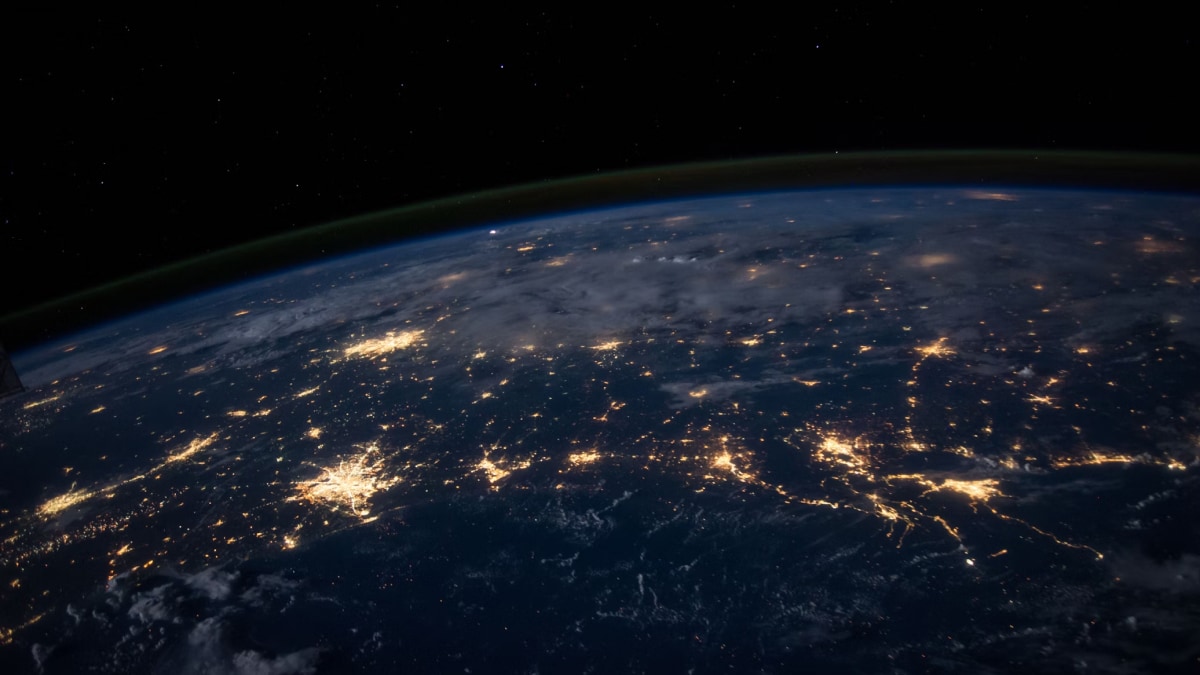
On January 15, 2022, the Hunga volcano near Tonga erupted in an explosive event that sent shockwaves across the planet. The eruption happened around the same time as Cyclone Cody. It created a shockwave powerful enough to trigger low, booming sounds that were heard from New Zealand to Alaska. It also caused a tsunami that impacted distant coastlines, marking the eruption as one of the most impactful volcanic events in recent memory.
Public Observations Fill Gaps in Scientific Data
Following the eruption, GNS Science, New Zealand’s geological agency, invited residents to share their experiences. More than 2,100 people responded, reporting everything from rumbling sounds and pressure in their ears to windows rattling and animals reacting to the disturbance. By comparing these accounts with data from seismic and atmospheric sensors, scientists confirmed that these firsthand experiences mirrored instrument readings closely.
According to Dr. Emily Lane, Senior Scientist at GNS, the information provided by people across New Zealand helped researchers see patterns in how the sound traveled across the country. Most reports of loud “booms” came from the North Island, suggesting the pressure wave from the eruption traveled from north to south. The details in these reports offered scientists insights that even precise instruments might not capture alone.
New Directions for Disaster Preparedness
The crowdsourced observations also revealed how people responded when they heard the booming sounds. Many checked on family or went outside to assess the situation, while others reached out to friends to make sure they were safe. Several respondents mentioned remembering previous volcanic eruptions, showing how past experiences can influence responses to natural events.
Researchers at GNS are now exploring ways to use these kinds of reports in tracking geohazards, like earthquakes and volcanic eruptions. Combining public observations with scientific data could enhance future disaster preparedness, giving communities an additional layer of awareness and response to support public safety and resilience.



